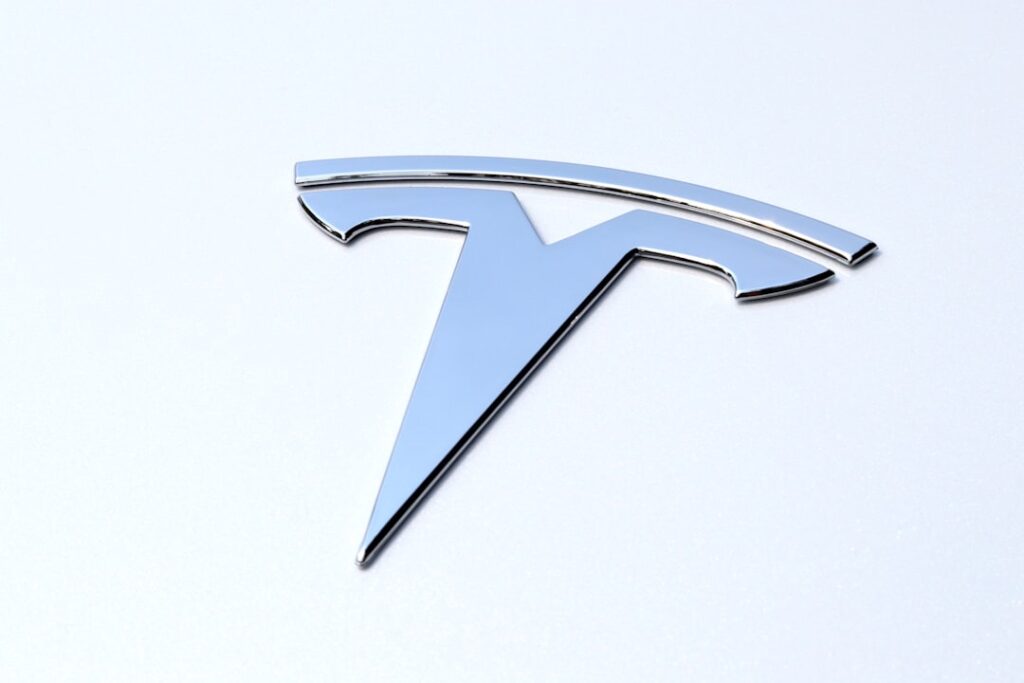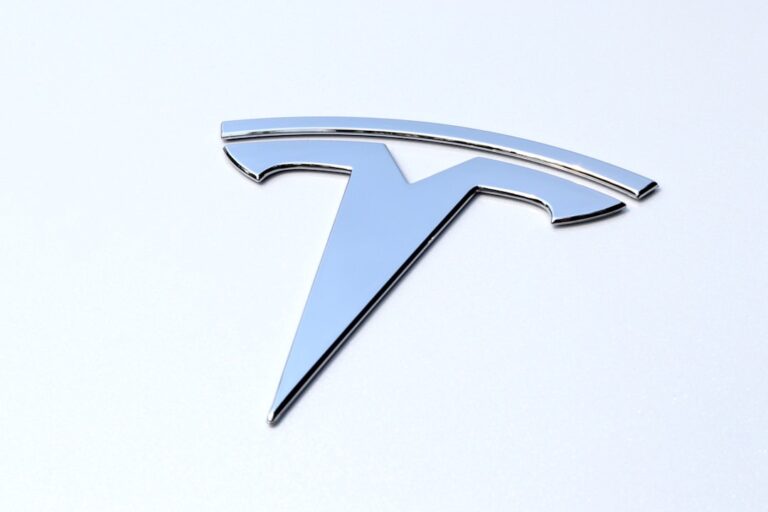
Elon Musk shared a throwback on X, recalling a 2009 lunch where legendary investor Charlie Munger told a table full of people that Tesla was destined to fail. Musk, always blunt about Tesla’s early struggles, admitted at the time that the odds were stacked against the company. But despite Munger’s doubts, Musk pushed forward. Years later, even Munger had to admit that Tesla’s success was nothing short of a “minor miracle.” Yet, for all his skepticism about Tesla, Munger wasn’t against all electr
